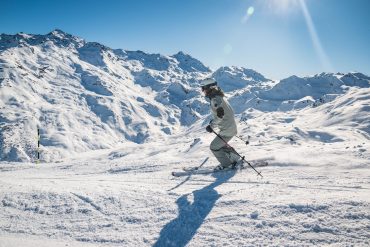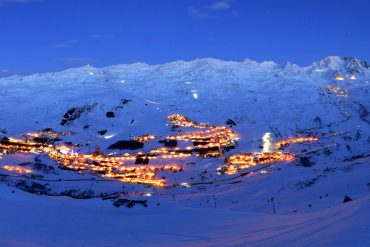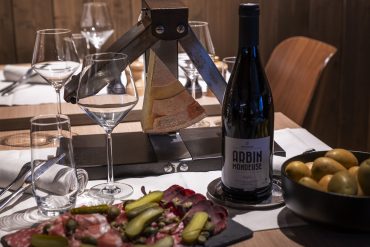Everything there is to know about the meaning of the ski slope signs
Do you enjoy winter sports trips with your friends or family? To enjoy the snowy landscapes safely, it is essential to know the meaning of the signs on the ski slopes: they indicate the edges of the slopes, the rules to be respected and the slope’s level of difficulty (among others). To get the best out of each descent, discover our comprehensive guide on the meaning of the ski slope signs around the ski area!
Each colour corresponds to its own level of difficulty
The first meaning of a ski slope sign is obviously to indicate the level of difficulty of the ski slope in question so that each skier can embark on a descent that corresponds to his or her abilities. Thus, the signs use coloured markers that are valid in every ski area in France:
- The green slopes: the descent is easy, suitable for children and beginners.
- The blue slopes: slightly more difficult than the green slopes, they remain accessible to most people.
- The red slopes: with a higher level of difficulty, they are recommended for more seasoned and experienced skiers.
- The black slopes: very steep and often ungroomed slopes, these are aimed at expert skiers with excellent technical skills.
There is no common French standard for the colours assigned to each slope: all ski resorts are responsible for assessing the difficulty of their slopes. This is why some ski areas are known to be more family friendly while others are more suitable for experienced skiers. Generally, the steepness and width of the slope as well as the general environment (in normal snow conditions) are taken into account to assess its level of difficulty.
The meaning and purpose of ski slope signs on
Marking the slopes
The primary function of a ski slope sign is to mark the edges of the slopes. This way you can easily identify the boundaries of the slope to avoid going off-piste without knowing it. This is particularly useful in bad weather, such as snowfall. The signs also have a fluorescent part to identify the slope’s right edge when looking downhill. They also indicate the name of the slope.
Drawing attention to hazards
The function of a ski slope sign can also be to draw attention to a possible danger. For example, markers with yellow and black stripes indicate an obstacle or a junction with another ski slope, which implies a need for greater caution. This therefore encourages skiers to slow down to avoid accidents. In some areas, traffic nets or warning triangles are also added.
Identifying off-piste zones
To venture off the marked ski slopes, it is best to be a good skier. You should also have the right equipment to protect yourself in case of a fall. Indeed, off-piste skiing involves natural hazards (like cliffs or crevasses), a risk of avalanche, steep slopes of ungroomed powder snow, etc. Hence the importance of the ski slope signs to avoid finding yourself in these kinds of situations if you are a beginner!
Indicating restrictions
Another function of the ski slope signs is to make restrictions clear. Alpine skiing is a sport that requires you to control your speed and be mindful of others. The ski runs are classified and regulated by a municipal decree. For example, you will find black and red signs indicating that it is forbidden to take off your skies or to enter an area with your ski boots and skis on.
Finding your way around the slopes
The ski slope signs also help you to find your way around according to the slopes and ski-lifts map. Directional signs (with arrows) and round markers are placed at regular intervals to indicate the name of the slope and numbers that decrease as you go down. This way you know how far you have to go, as the higher the starting number, the longer the slope. There are also wooden or plastic markers (about every 20 metres) to help you stay on track in case of fog.
Abbreviations on ski slope signs
Now that you know more about the meaning of the ski slope signs, you should also familiarise yourself with the abbreviations relating to ski lifts. “TK” stands for “ski-tow”, while “TSD” stands for “detachable chairlift”. A classic chairlift with seats that run at the same speed as the cable (without coming to a full stop at stations) is called a “TSF”. The acronym “TC” stands for “bicable gondola (or cable car)” while “TF” stands for “tricable gondola”. Finally, “DMC” stands for “Double Mono Cable”, which represents a gondola lift with two (horizontal) carrying and hauling cables.








